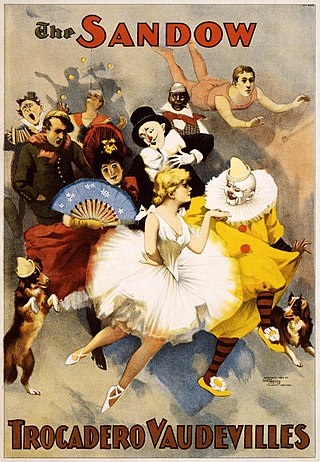
Vaudeville is a theatrical genre of variety entertainment which began in France at the end of the 19th century. A vaudeville was originally a comedy without psychological or moral intentions, based on a comical situation: a dramatic composition or light poetry, interspersed with songs or ballets. It became popular in the United States and Canada from the early 1880s until the early 1930s, while changing over time.

Sophie Tucker was a Ukrainian-American singer, comedian, actress, and radio personality. Known for her powerful delivery of comical and risqué songs, she was one of the most popular entertainers in the U.S. during the first half of the 20th century. She was known by the nickname "the Last of the Red-Hot Mamas".

Yiddish theatre consists of plays written and performed primarily by Jews in Yiddish, the language of the Ashkenazi Jewish community. The range of Yiddish theatre is broad: operetta, musical comedy, and satiric or nostalgic revues; melodrama; naturalist drama; expressionist and modernist plays. At its height, its geographical scope was comparably broad: from the late 19th century until just before World War II, professional Yiddish theatre could be found throughout the heavily Jewish areas of Eastern and East Central Europe, but also in Berlin, London, Paris, Buenos Aires and New York City.
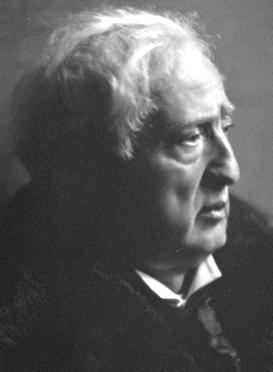
Jacob Pavlovich Adler was a Jewish actor and star of Yiddish theater, first in Odessa, and later in London and in New York City's Yiddish Theater District.
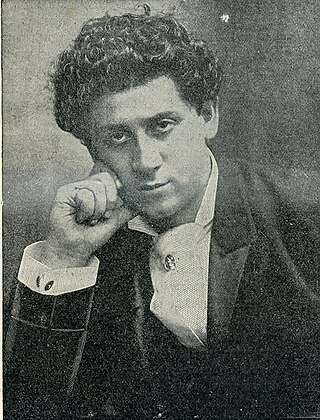
Boris Thomashefsky, born Boruch-Aharon Thomashefsky, was a Ukrainian-born Jewish singer and actor who became one of the biggest stars in Yiddish theater.
New York City has been described as the cultural capital of the world. The culture of New York is reflected in its size and ethnic diversity. As many as 800 languages are spoken in New York, making it the most linguistically diverse city in the world. Many American cultural movements first emerged in the city. Large numbers of Irish, Italian, Jewish, and eventually Asian, African, and Hispanic Americans also migrated to New York throughout the 20th century and continuing into the 21st century, significantly influencing the culture and image of New York. The city became the center of stand-up comedy in the early 20th century. The city was the top venue for jazz in the 1940s, expressionism in the 1950s and home to hip hop, punk rock, and the Beat Generation. Along with London, New York City is the global center of musical theatre, often referred to as "Broadway" after the major thoroughfare in Manhattan. The Stonewall Inn in Greenwich Village, Lower Manhattan, is a designated U.S. National Historic Landmark and National Monument, as the site of the June 1969 Stonewall riots and the cradle of the modern gay rights movement.
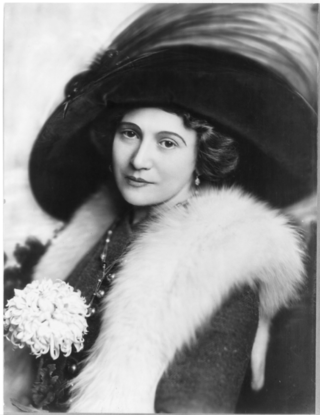
Bertha Kalich was a Jewish-American actress. Though she was well-established as an entertainer in Eastern Europe, she is best remembered as one of the several "larger-than-life" figures that dominated New York stages during the "Golden Age" of American Yiddish Theatre during the late nineteenth and early twentieth century. Historians estimate that, during her career, Kalich performed more than 125 different roles in seven different languages.

Heinrich Conried was an Austrian and naturalized American theatrical manager and director. Beginning his career as an actor in Vienna, he took his first post as theater director at the Stadttheater Bremen in 1876. In 1878 he relocated to New York City where he remained for the rest of his career, serving initially as director of the Germania Theatre (1878-1881), followed by posts at the Thalia Theatre (1881-1882), New York Concert Company (1882-1883), and the Irving Place Theatre (1883-1903) In 1903 he became director of the Metropolitan Opera in New York City, a post he remained in until his retirement in 1908.

The Bowery Theatre was a playhouse on the Bowery in the Lower East Side of Manhattan, New York City. Although it was founded by rich families to compete with the upscale Park Theatre, the Bowery saw its most successful period under the populist, pro-American management of Thomas Hamblin in the 1830s and 1840s. By the 1850s, the theatre came to cater to immigrant groups such as the Irish, Germans, and Chinese. It burned down four times in 17 years, a fire in 1929 destroying it for good. Although the theatre's name changed several times, it was generally referred to as the "Bowery Theatre".

Pesach "Peishachke" Burstein was a Polish-born American comedian, singer, coupletist, and director of Yiddish vaudeville/theater. He was honored with the Itzik Manger Prize in 1986. His wife Lillian Lux, and son Mike Burstyn are also actors.

Maurice Schwartz, born Avram Moishe Schwartz, born in the Volhynia province of the Russian Empire, was a stage and film actor active in the United States. He founded the Yiddish Art Theatre and its associated school in 1918 in New York City and was its theatrical producer and director. He also worked in Hollywood, mostly as an actor in silent films but also as a film director, producer, and screenwriter.
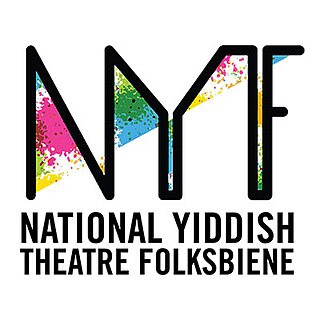
The National Yiddish Theatre Folksbiene, commonly known as NYTF, is a professional theater company in New York City which produces both Yiddish plays and plays translated into Yiddish, in a theater equipped with simultaneous superscript translation into English. The company's leadership consists of executive director Dominick Balletta and artistic director Zalmen Mlotek. The board is co-chaired by Sandra Cahn and Carol Levin.
The Baxter Street Dudes was a New York City teenage street gang, consisting of former newsboys and bootblacks, who ran the Grand Duke's Theatre from the basement of a dive bar on Baxter Street in Manhattan during the 1870s. Led by founder Baby-Face Willie, gang members operated the Grand Duke's Theatre and established the venue as their headquarters. Members of the Baxter Street Dudes wrote and performed plays, musicals and variety shows which were enjoyed by other street toughs and slummers throughout the city. The theater house eventually became a popular underworld hangout, from which the gang found financial success.
Irving Jacobson was a Yiddish theater star, American stage and film actor. Born in Cincinnati, Ohio to actors Joseph and Bessie Jacobson, his brother was Hymie Jacobson and his sister Henrietta Jacobson, who married Julius Adler. Irving played juvenile roles in Pinkhas Thomashefsky's troupe and later appeared in films by Sidney Goldin. He performed two years with Goldenburg at Philadelphia's Garden Theater and toured Paris and Rumania with May Shoenfeld in 1929. He and his brother Hy Jacobson co-wrote the novelty number A Bisl Fefer, A Bisl Zalts , recorded by Pesach Burstein. As the comic character Schnitz'l Putz'l he recorded the songs Az men muz, muz men and Zets in Gis Kalet Vaser with Abraham Ellstein's Orchestra. He starred in William Siegel's comedy Don't Worry with Leo Fuchs and Miriam Kressyn.

The Yiddish Theatre District, also called the Jewish Rialto and the Yiddish Realto, was the center of New York City's Yiddish theatre scene in the early 20th century. It was located primarily on Second Avenue, though it extended to Avenue B, between Houston Street and East 14th Street in the East Village in Manhattan. The District hosted performances in Yiddish of Jewish, Shakespearean, classic, and original plays, comedies, operettas, and dramas, as well as vaudeville, burlesque, and musical shows.

The Atlantic Garden was a beer garden and music hall established by William Kramer in 1858 at what is now 50 Bowery in the Chinatown neighborhood of Manhattan in New York City. It was next to the Bowery Theatre, on the site of the Bull's Head Tavern and the New York Hotel. The premises extended west to a secondary frontage on Elizabeth Street.
William Hammerstein was an American theater manager. He ran the Victoria Theatre on what became Times Square, Manhattan, presenting very popular vaudeville shows with a wide variety of acts. He was known for "freak acts", where celebrities or people notorious for scandals appeared on stage. Hammerstein's Victoria Theatre became the most successful in New York.

Louis Gilrod (1879-1930), was an actor and lyricist for the Yiddish theater.

Georgine von Januschofsky was a Moravian actress and singer.

Florence Weiss was a Russian-born American Yiddish theatre, Vaudeville and film actor, recording artist, and soprano who was active from the 1920s to the 1960s. She worked and performed with such artists as Moishe Oysher, Alexander Olshanetsky, Boris Thomashefsky, Fyvush Finkel, and Abe Ellstein. The height of her popularity was during the 1930s, when she often toured and performed with her then-husband, Moishe Oysher, and appeared in three Yiddish-language films with him: The Cantor's Son, The Singing Blacksmith, and Overture to Glory.















